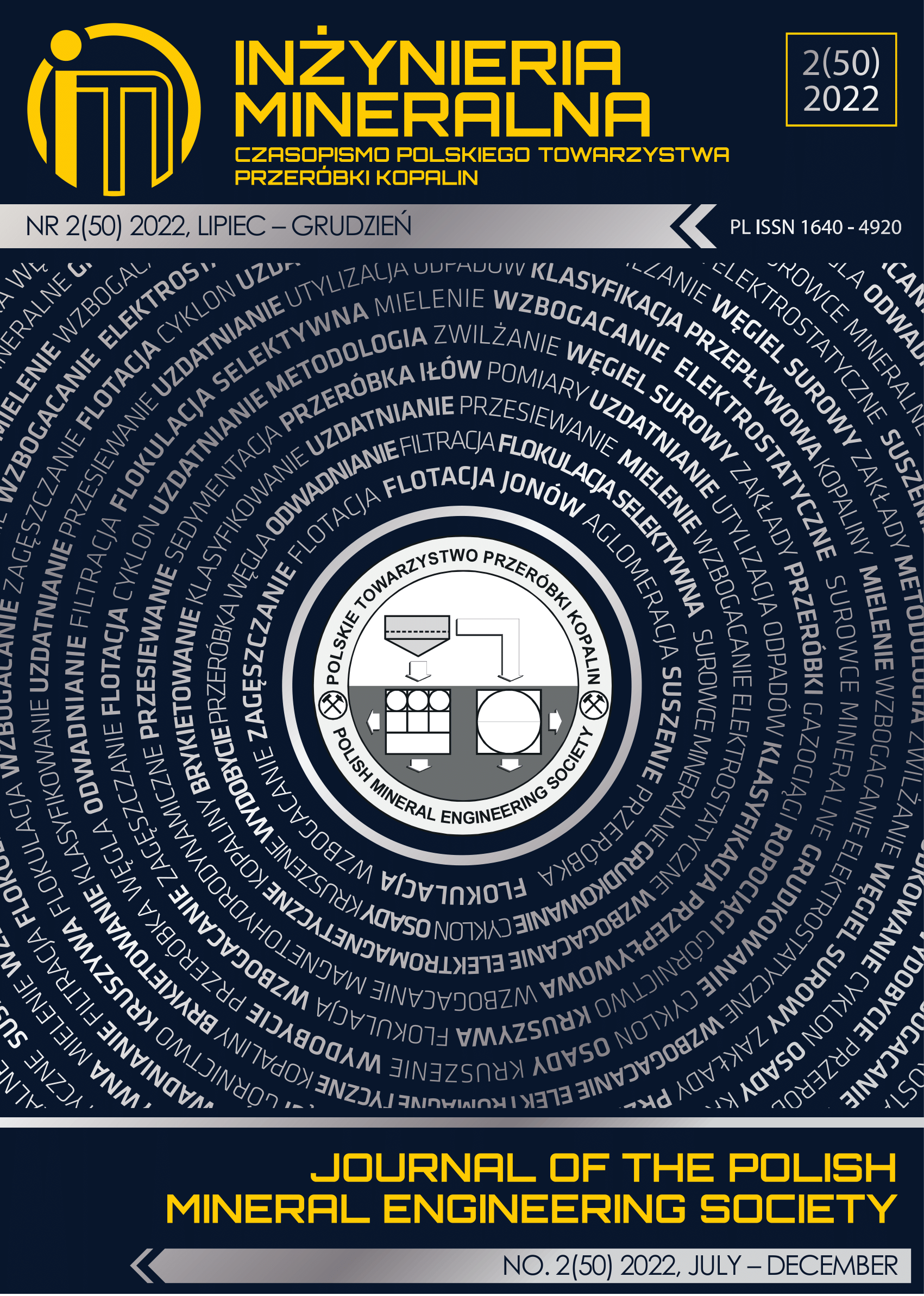Aquatic Invertebrates and Their Correlation with Environmental Parameters in Coastal of Tien Giang Province, Mekong Delta in Vietnam
Abstract
The Tien Giang province is located in the tropical climate zone of the Mekong delta. The climate here is clearly divided into two main seasons, namely wet season and dry season and the average temperature is about 27°C. The coastline is 32 kilometers (20 mi) long with thousands of coastal warp, which is an advantage for aquatic breeding such as crab and sea-based economy development. Aquatic invertebrates are a diverse group of organisms that inhabit coastal area throughout the world, in regions spanning alpine, arid, Mediterranean, polar, temperate, and tropical climates. Estuarine coastal invertebrates include benthic, planktonic, and stygobitic taxa and range from widespread taxa to water quality assessment. Classified by size as either macroinvertebrates or smaller meiofauna, macroinvertebrates are more widely studied, although meiofauna can also be diverse and abundant in aquatic communities. The influence of environmental factors on the diversity of invertebrates was studied in the Tien Giang Coastal Area, Southern Vietnam. The study was done between March 2019 and September 2021, encompassing both dry and rainy seasons. Data from 10 sites were used as a representative example for the Tien Giang Coastal Area to conduct a qualitative study. To implement this evaluation, the analyses were based on MRC methods and classifications these improved by the scientific group. The biological and environmental variables were examined to test the analysis of variance (ANOVA) and the Pearson correlation among all the parameters using R statistical software. Significant or highly significant positive or negative correlations were assumed when the p-calculated value was < 0.05 or 0.01, respectively.
The results of the assessment showed that 32 species of zooplankton and 18 species of benthic macroinvertebrates were found in the study area. The density of zooplankton at each site ranged from 6 to 85 individuals/sample, while the density of benthic macroinvertebrates at each site fluctuated from 4 to 15 individuals/sample. The calculated values for the diversity index (H’) of both zooplankton and benthic macroinvertebrates fluctuated at the average level (H’ ≈ 1.00 ÷ 1.72). The results also show that several environmental variables, including total suspended solid, chemical oxygen demand, and ammonium were correlated with species richness and density of aquatic invertebrates. The obtained results will be useful for the monitoring of pollution status at the study area in particular the sensitivity of aquatic invertebrates to changes of environmental characteristics.
This journal permits and encourages authors to post items submitted to the journal on personal websites or institutional repositories both prior to and after publication, while providing bibliographic details that credit, if applicable, its publication in this journal.







.png)
